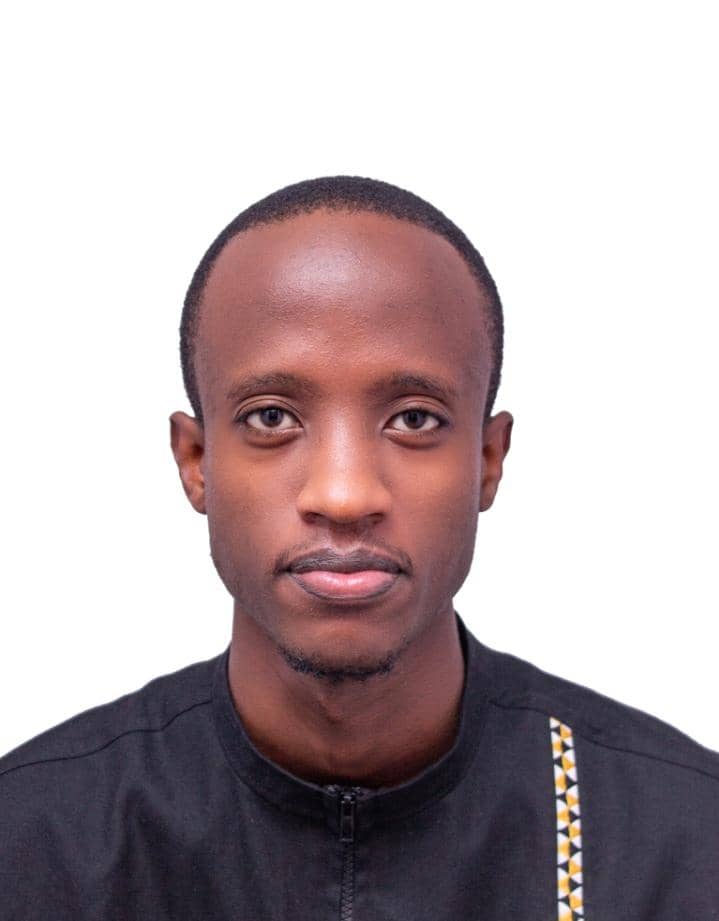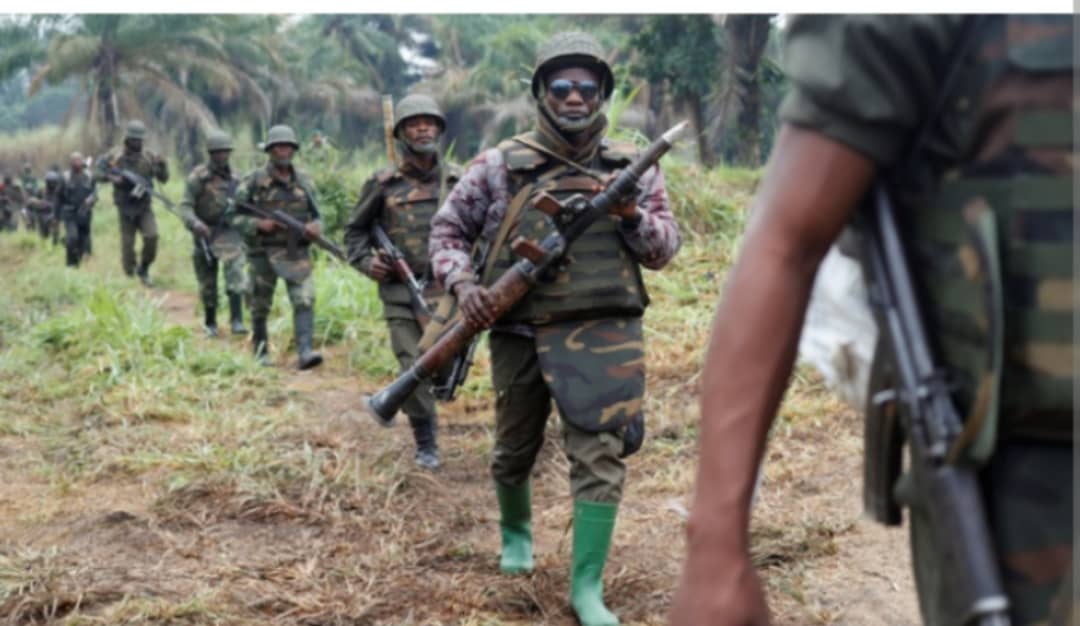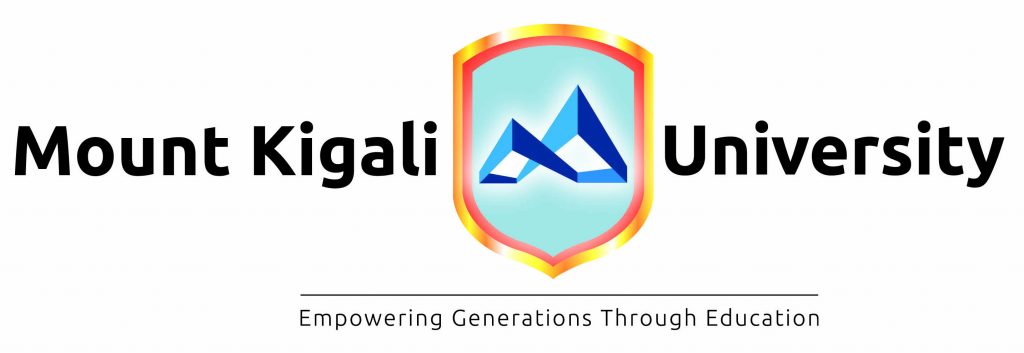The Armed Forces of the Democratic Republic of Congo (FARDC) have deployed an estimated 60,000 soldiers to the volatile eastern regions, intensifying military operations against rebel groups, particularly the M23.
This massive deployment follows the disastrous defeat of foreign mercenaries previously hired by Kinshasa, including Romanian contractors who withdrew after the fall of Goma in January 2025.
The move risks exacerbating regional tensions, with Rwanda reinforcing defensive measures along its border, citing security threats from Congolese forces and allied militias.
FARDC’s escalation and mercenary reliance
The FARDC’s surge in troop numbers stems from the rapid integration of former rebels, including ex-CNDP combatants, into its ranks, a process plagued by poor discipline, command fractures, and human rights abuses. Despite the numerical advantage, the army’s effectiveness remains questionable.
Earlier this year, Congolese forces and their mercenary allies suffered heavy losses against the M23, which now controls swaths of North and South Kivu, including strategic mining towns like Rubaya, a key coltan hub.
The government’s reliance on mercenaries has drawn criticism. After Romanian fighters retreated, Kinshasa reportedly sought new foreign support, likely from private military companies.
Analysts warn that such measures could further destabilize the region, as seen in 2023 when the Congolese government partnered with Burundian troops and SADC forces (SAMIDRC), leading to clashes with the M23
rebels.
Humanitarian and security fallout
The FARDC’s operations have been marred by atrocities, including civilian massacres, sexual violence, and mass displacement. In 2009, Human Rights Watch documented FARDC soldiers burning villages, executing civilians, and abducting women as sex slaves, a pattern that persists today. Over 7 million Congolese are now internally displaced.
The UN has accused both sides of war crimes, but the FARDC’s impunity remains unchecked. Integration of warlords like Bosco Ntaganda, wanted by the ICC, into the army underscores systemic issues.
Meanwhile, MONUSCO’s dwindling influence and planned withdrawal risk leave civilians unprotected.
Rwanda maintains defensive measures
Rwanda has fortified its border, citing threats from the FDLR, a Congo-based Hutu militia linked to the 1994 genocide and Congolese officials’ inflammatory rhetoric.
Foreign Minister Olivier Nduhungirehe reiterated that defensive measures, including air defense systems, will stay until the FDLR is neutralized. Kigali also demands that Kinshasa negotiate directly with the M23, which claims to defend Congolese Tutsis against persecution.
Regional implications
The conflict risks spiraling into a multinational war. Uganda has seized Bunia under the pretext of fighting the ADF, while Burundian forces clash with M23 proxies in South Kivu. SADC’s SAMIDRC mission, though weakened by M23 advances, remains a flashpoint, with South Africa vowing retaliation after losing troops.
A recent U.S.-brokered peace deal (June 2025) offers faint hope, but fighting continues. The M23’s push toward Uvira and Kinshasa’s refusal to disarm the FDLR suggest the accord may collapse like past agreements.





